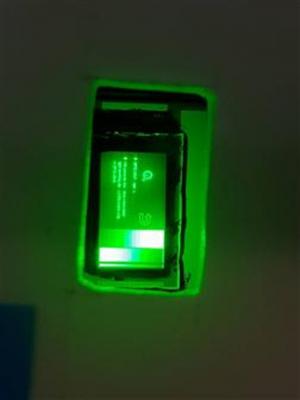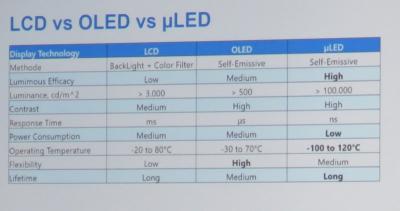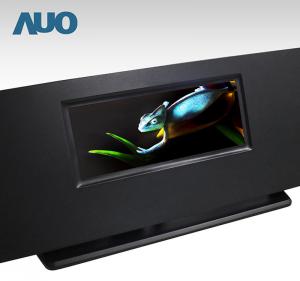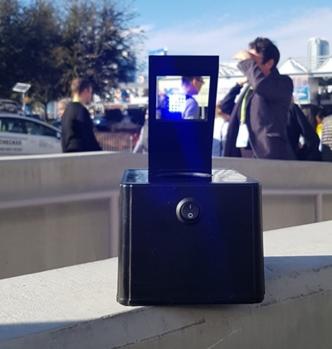ITRI is developing new Micro-LED displays for small-size and large-size applications
Digitimes reports that Taiwan's ITRI institute is developing new micro LED displays for both small-size and large-size application.

For small-size displays, ITRI is developing a 0.55-inch micro-LED microdisplays (on-silicon). This display is aimed for AR or VR devices. For this display ITRI uses 10-micron LEDs. For larger-sized application, ITRI is focused on displays over 130-inch in size. For such displays ITRI adopts 50-100 micron LEDs on PCB substrates.






